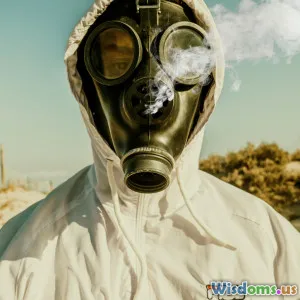
Comparing Novichok and VX Agents Toxicity and Usage
34 min read A concise, high-level comparison of Novichok and VX nerve agents, summarizing reported toxicity, documented incidents, medical and detection challenges, and international controls—without operational or technical instructions. (0 Reviews)
When the names Novichok and VX appear in headlines, they carry a charge unlike almost any other chemical terms in public discourse. Both are synonymous with nerve agents—compounds designed to disrupt the body’s core signaling machinery with frightening speed and efficiency. Yet they are not interchangeable. Understanding how they differ in toxicity, how they’ve been used in real-world incidents, and why legal and ethical frameworks treat them with equal severity but sometimes different concern can help readers move beyond sensationalism to sober, informed analysis. This article compares Novichok and VX across science, history, law, risk communication, and policy—without reproducing technical details that belong strictly to licensed experts and emergency professionals.
What These Names Actually Mean: Nerve Agents Versus Narratives

“Nerve agent” is a functional label, not a single substance. It describes a category of chemicals that interfere with the enzyme acetylcholinesterase (AChE). Under normal conditions, AChE clears the neurotransmitter acetylcholine from synapses so muscles can relax and glands don’t flood the body with secretions. Nerve agents inhibit AChE. The result is a cascade of overstimulation—constricted pupils, muscle twitching, breathing difficulties, seizures, and, if not rapidly managed by professionals, potentially death.
Novichok and VX, despite both being nerve agents, entered the world in very different ways and at different times. VX emerged from mid–20th century pesticide research and quickly became a focus of military programs during the Cold War. Novichok, by contrast, is a family of agents reported to have been developed under Soviet programs in the late Cold War era and publicized in the 1990s by defectors and investigative journalists. The word “Novichok” broadly refers to “A-series” agents; it is not a single substance.
A crucial distinction: there are many individual compounds within both the V-series and A-series. Each may differ in volatility, environmental persistence, and toxicological profile. Public conversations often compress those differences into one monolithic identity, which can obscure what policymakers, investigators, and medical teams actually face in an incident.
To keep this article safe and useful, we focus on what is essential for public understanding—mechanisms, historical context, legal frameworks, and high-level risk characteristics—while omitting procedural details, technical parameters, or anything that would enable misuse.
VX at a Glance: History, Profile, and Notable Incidents

- Origins: VX traces to pesticide investigations in the United Kingdom in the early 1950s. An organophosphorus compound originally explored as a potential insecticide proved too toxic for agricultural use. The compound class later became the basis of the V-series of nerve agents. VX itself entered military inventories during the Cold War.
- Classification and control: Under the Chemical Weapons Convention (CWC), VX is a Schedule 1 substance—meaning it has virtually no peaceful application and is stringently prohibited. The Organisation for the Prohibition of Chemical Weapons (OPCW) oversees verification regimes among member states.
- Physical characterization in plain terms: VX is notorious for environmental persistence. In practical terms, that means a risk of lingering contamination on surfaces if an incident occurs—one reason why professional decontamination and secure site control are crucial. Volatility is low compared with some other nerve agents, so hazardous droplets and residues can remain problematic without expert cleanup.
- Prominent incidents:
- The assassination of Kim Jong-nam in 2017 in Malaysia is widely reported as the most prominent modern case of VX use. Beyond being a crime, it starkly illustrated the public health risks of deploying persistent toxic chemicals in a public venue.
- In the mid-1990s, the Japanese cult Aum Shinrikyo conducted several small-scale attacks involving VX, causing at least one death. These incidents, though much less known than the group’s sarin attack on the Tokyo subway, underscore how varied the tactics of a determined actor can be.
Taken together, these episodes demonstrate that while VX is sometimes discussed as a “battlefield” agent, its use in the post–Cold War era has most conspicuously appeared in targeted, clandestine operations—where pursuit of deniability, fear, and political messaging often matter as much as immediate lethality.
Novichok at a Glance: What Is Known, What Is Contested
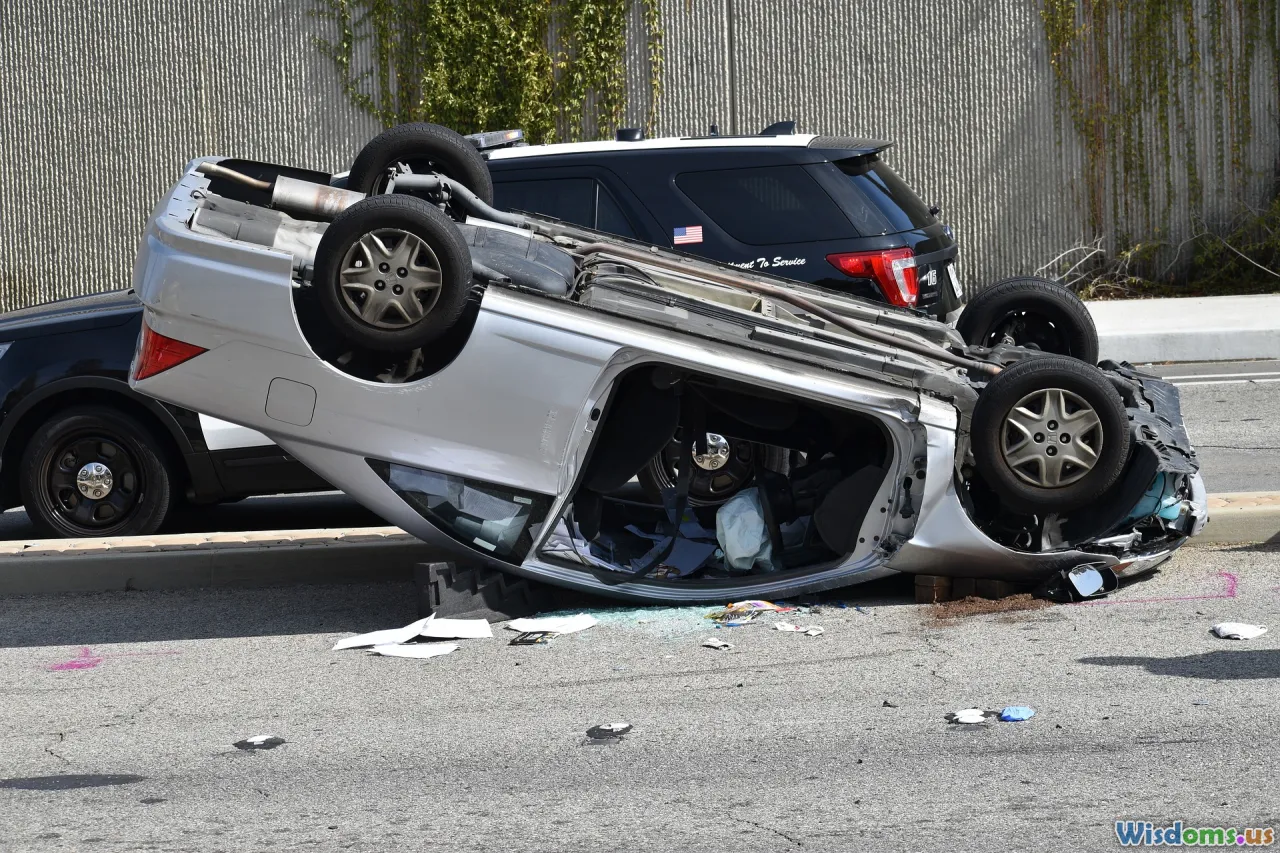
- Origins and disclosures: The term “Novichok” refers to a set of agents reportedly developed under a Soviet program known as Foliant. Public knowledge about Novichok emerged primarily from whistleblowers, experts, and journalistic investigation in the 1990s and 2000s. As with VX, the CWC now explicitly lists certain A-series agents and related precursors, bringing them under international prohibition and verification.
- Legal update: In 2019, member states agreed to add several A-series agents to the CWC schedules, a notable advance in keeping arms control regimes aligned with evolving knowledge.
- Real-world incidents:
- Salisbury, United Kingdom (2018): A former intelligence officer and his daughter were poisoned, and a first responder was also affected. The public health ramifications were significant, including widespread decontamination efforts and prolonged closures of multiple sites.
- Amesbury, United Kingdom (2018): A separate exposure months later, linked to the Salisbury case, resulted in the death of a woman who encountered a contaminated item. This secondary incident highlighted the hazards of residual contamination.
- Tomsk to Omsk to Berlin (2020): The poisoning of Russian opposition figure Alexei Navalny led to high-profile international investigations and OPCW-confirmed findings of a Novichok-class agent.
- General characterization: Novichok compounds are often described as designed for a combination of toxicity, difficulty of detection, and in some reported cases the potential for binary forms (in which precursors allegedly mix to form the active agent). While these reports are widely circulated, specifics remain both classified and scientifically sensitive. Crucially, however, modern forensic and analytical science—as deployed by the OPCW-designated laboratories—has demonstrated that such incidents can be investigated, documented, and attributed at an evidentiary standard robust enough to inform diplomatic and legal actions.
Toxicology at a High Level: Potency, Pathways, and Persistence

- Potency in context: Both VX and Novichok agents exist among the most potent nerve agents known. Toxicity comparisons circulate widely in media narratives, sometimes with precise numbers that can mislead or lack context. What matters for public understanding is that extremely small exposures can be dangerous and that both families of agents are designed to incapacitate rapidly by the same core mechanism: blocking acetylcholinesterase. Incident response is therefore urgently time-sensitive.
- Exposure pathways:
- Dermal: Contact with liquid residues or contaminated items is a major concern for persistent agents. VX is well-known for this hazard due to its tendency to linger. Some Novichok agents may also pose substantial dermal risks, depending on the specific compound.
- Inhalation: Aerosolized or vapor exposures present immediate risks. Agents with higher volatility can produce faster symptom onset via inhalation, though volatility differs across the families and even within each family.
- Ingestion: Contaminated food, beverages, or personal items can provide a route, as alleged in some high-profile poisonings.
- Persistence and volatility:
- VX: Generally persistent; tends to remain on surfaces and materials without rapid natural dissipation, which complicates cleanup and increases the risk of secondary exposure.
- Novichok agents: A-series compounds reportedly vary. Some are said to be relatively persistent, while others may be more volatile. Without divulging sensitive chemical specifics, the safe takeaway is that responders treat unknown agents with maximal caution until laboratory identification and environmental monitoring determine the risk profile.
In short, the toxicological differences that matter to planners and responders revolve around timing of symptom onset, environmental longevity, and ease of decontamination. The practical implication is that VX often raises long-tail contamination concerns, while Novichok incidents—depending on the exact compound—may present a wider range of onset profiles and detection challenges. Either way, professional response is essential.
Exposure and Symptom Patterns: How Cases Tend to Unfold
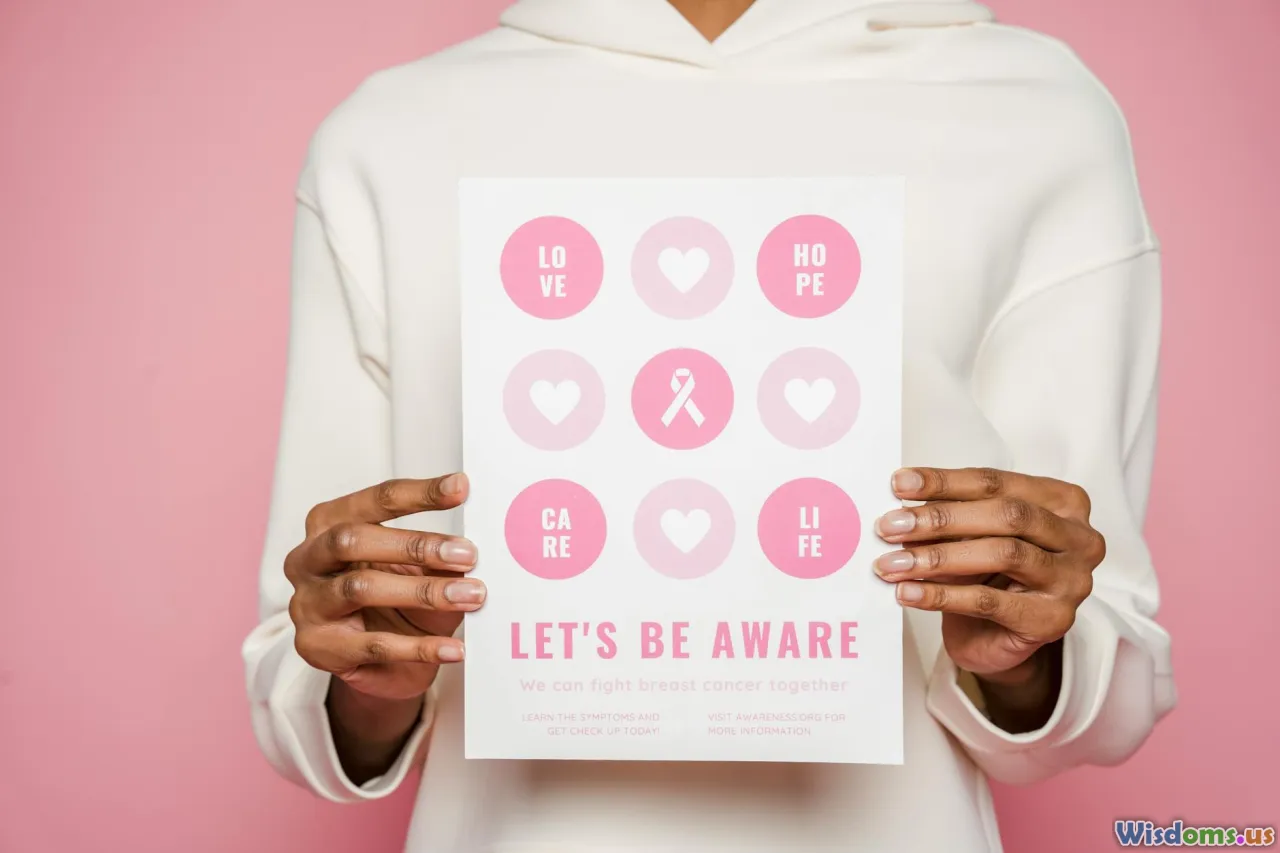
Because both VX and Novichok agents inhibit AChE, the symptom constellation overlaps heavily. Classic signs of nerve agent exposure include:
- Eyes: Pinpoint pupils (miosis), eye pain, blurred vision
- Respiratory: Runny nose, chest tightness, wheezing, shortness of breath
- Muscular: Twitching, weakness, paralysis at higher exposure
- Autonomic: Excessive salivation, sweating, nausea, vomiting, diarrhea
- Central nervous system: Headache, confusion, convulsions, loss of consciousness
The time course varies with route and magnitude of exposure. In some VX cases, dermal exposure has been associated with delayed symptom onset compared to inhalation, which can cause rapid effects. Public reporting on Novichok incidents has described a range of onsets—sometimes fast, sometimes hours later—underscoring that context matters.
Practical insights for the lay reader:
- Suspected exposures should prompt immediate evacuation from the area and contacting emergency services. Avoid touching potential sources and follow public health guidance.
- Removal of outer clothing can significantly reduce contamination; sealing it in a bag and following official instructions can protect others. Washing exposed skin with soap and water is part of standard guidance; avoid home “remedies” or solvents that could spread contamination or increase absorption.
- First responders carry specialized protocols and antidotes; professional medical management, including airway support and specific medications, is critical. Bystanders should not attempt to provide medical treatment beyond following dispatcher instructions.
These steps are deliberately high-level to preserve safety and avoid procedural misuse, but they reflect established principles in public health advisories for hazardous exposures.
Medical Response: Principles, Not Playbooks
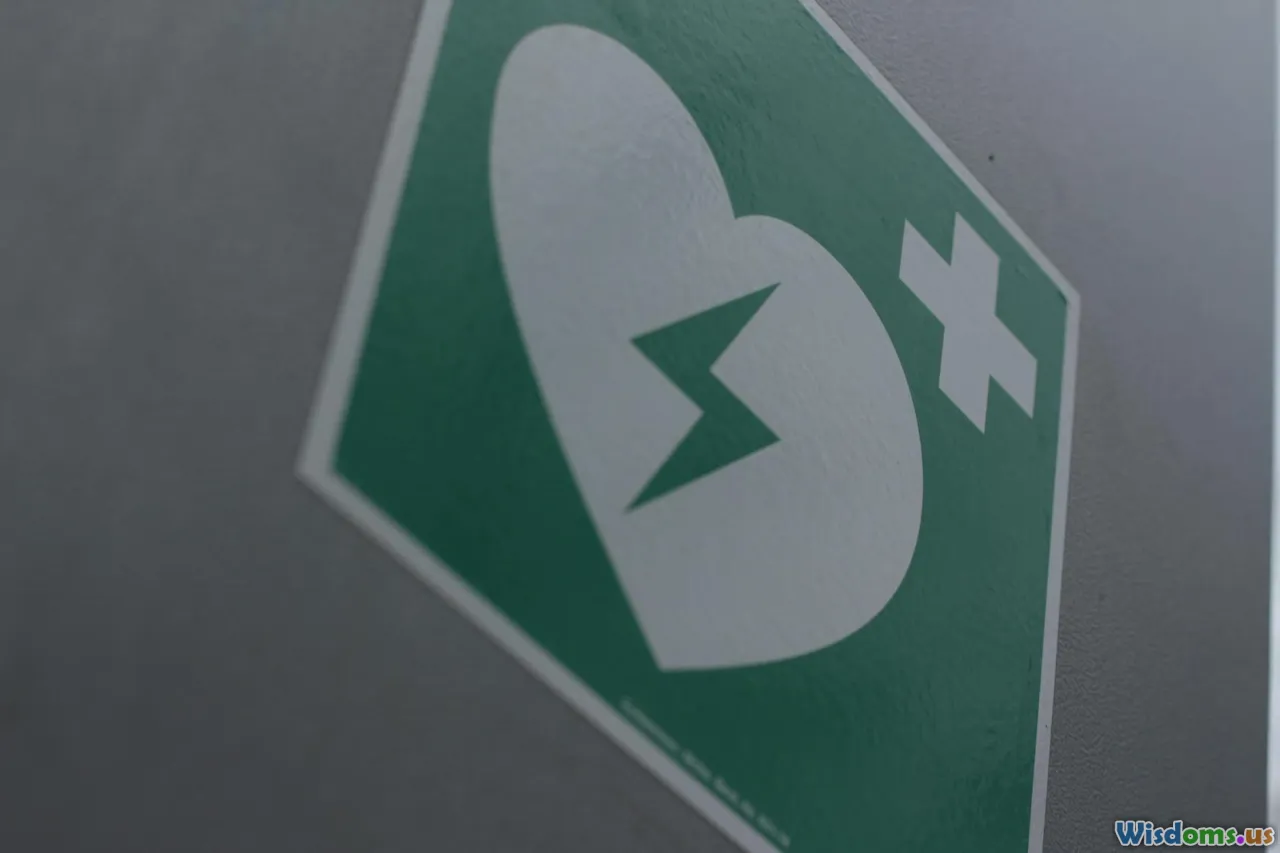
Healthcare professionals manage nerve agent exposures with a combination of rapid recognition, decontamination, supportive care (especially respiratory support), and specific antidotes. While details about medication dosing and protocols belong to licensed professionals using established guidelines, the general medical principles include:
- Airway and breathing come first. Mechanical ventilation may be required in severe cases.
- Counteracting cholinergic excess with appropriate medications (for example, agents that counteract muscarinic effects and those that can reactivate inhibited enzymes if used promptly). This is done under medical supervision.
- Seizure control using standard hospital medications.
- Repeated reassessment and monitoring, because symptoms can recur or evolve as agents redistribute in the body.
Hospitals near potential targets maintain emergency plans that may include designated decontamination areas, stockpiles of personal protective equipment, and coordination pathways with public health, law enforcement, and specialized laboratories. Exercises often rehearse information handoffs, because effective care depends on rapidly aligning clinical observations with environmental and forensic data.
Environmental Behavior and Cleanup Challenges
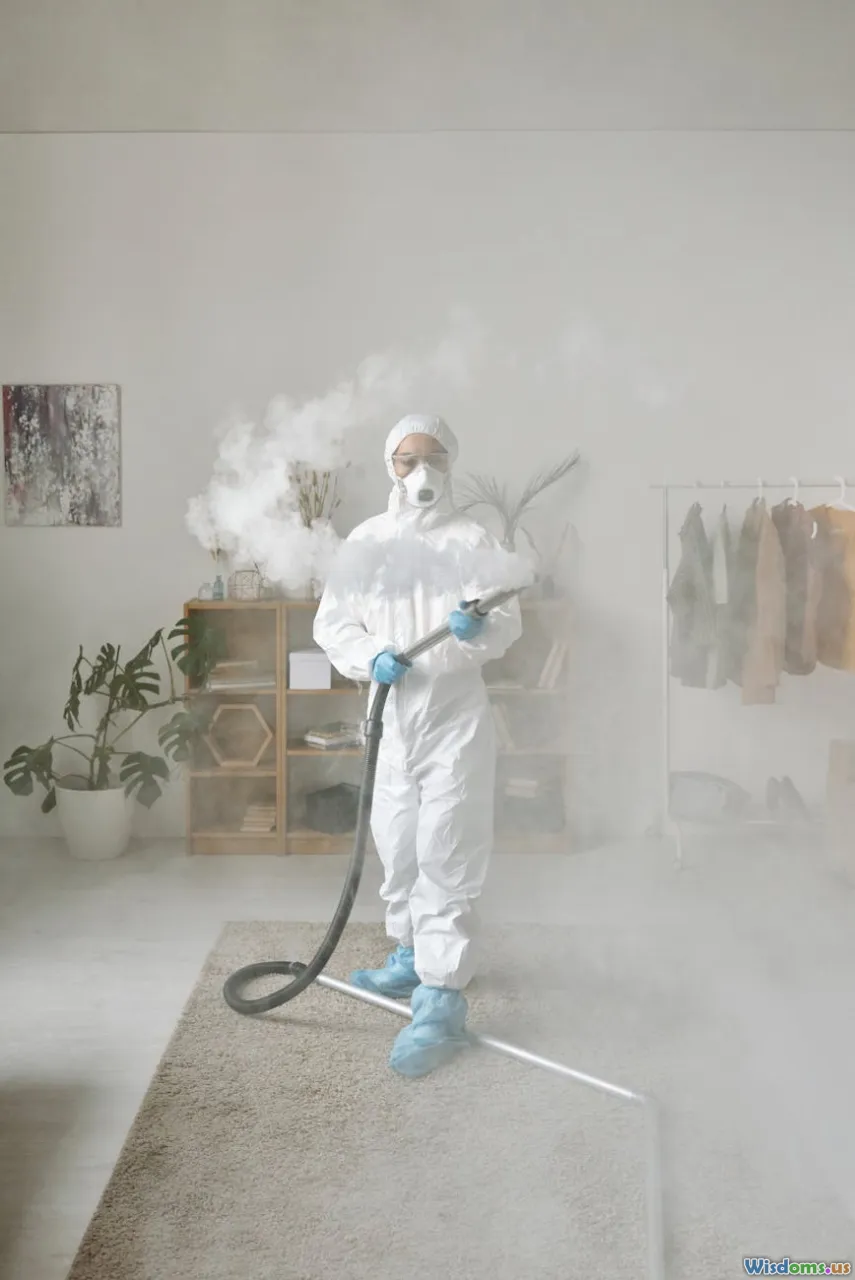
From a public-protection perspective, the environment is the “second patient.”
- VX’s persistence means surfaces can remain hazardous without professional decontamination. Structures may need to be closed and remediated for prolonged periods, as seen in the UK response to the 2018 incidents (though those involved a Novichok agent, the principle of extended area control applied as authorities worked to ensure safety before reopening sites).
- Some Novichok agents have also been associated with persistent contamination in public reporting. The Amesbury case, linked to the Salisbury incident, tragically showed how a contaminated object could remain a danger long after the initial event.
- Decontamination strategies focus on rendering the agent nonhazardous and preventing redistribution. This is done by trained teams using validated procedures and specialized equipment, which vary by jurisdiction and are overseen by regulatory standards.
- Waste handling is a nontrivial issue. Materials used in cleanup must be contained, transported, and disposed of according to stringent rules to protect workers and the public.
The generalizable lesson is that decontamination is a methodical, staged process—not a quick rinse. The decision to reopen spaces depends on environmental testing conducted by qualified laboratories.
Forensics and Attribution: From Scene to Courtroom
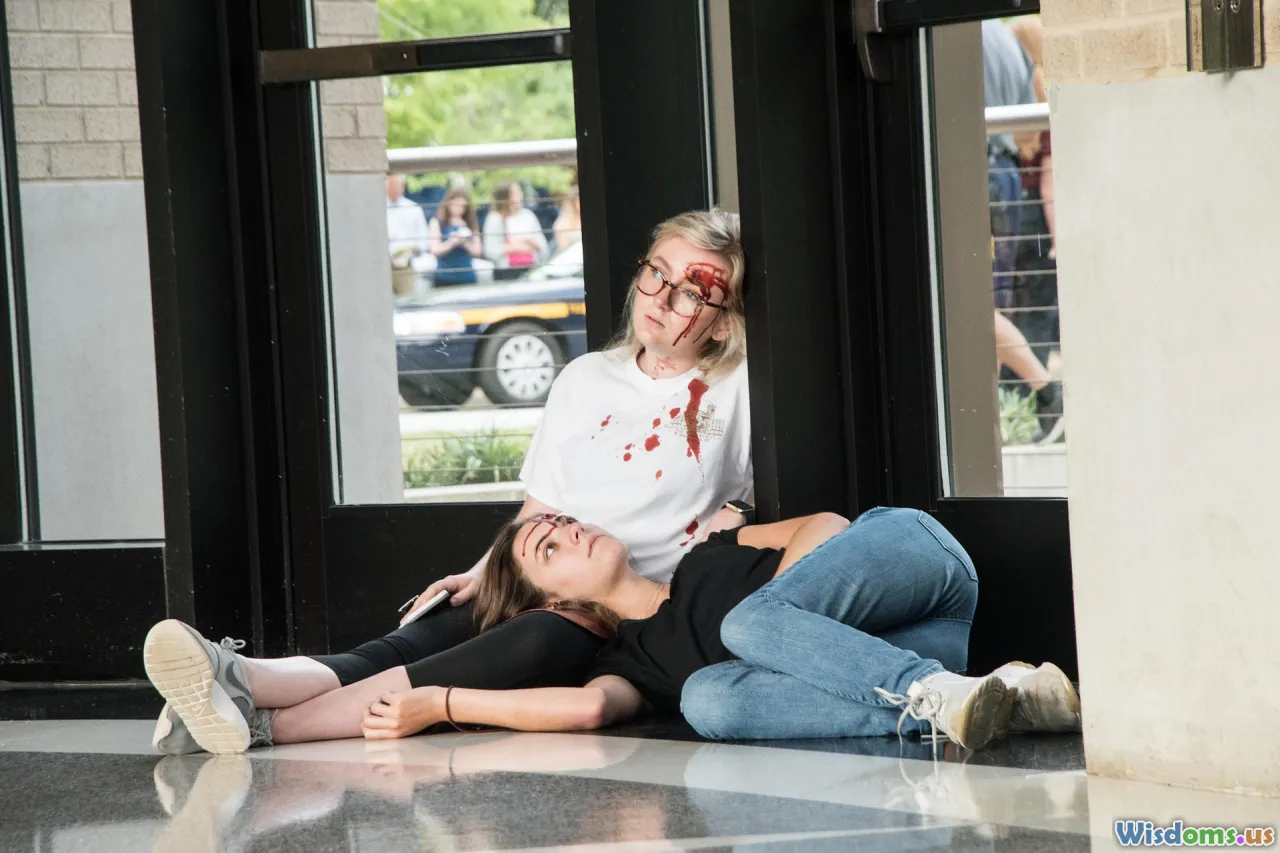
Attribution in nerve agent cases requires careful separation of science and politics. The scientific component involves:
- Sampling: Trained teams collect environmental, biomedical, and sometimes object-based samples under strict chain-of-custody procedures.
- Analytical methods: High-level tools such as mass spectrometry can detect agents and their biomarkers in clinical specimens. Designated laboratories within the OPCW network follow standardized methods and proficiency testing to ensure consistency and credibility.
- Data integration: Matching findings from biological samples with environmental residues and contextual information (e.g., time, location, subject histories) builds a coherent picture.
The legal component involves domestic and international frameworks:
- OPCW Fact-Finding Missions and Technical Assistance Visits can support states parties in investigating and reporting.
- National prosecutions and international diplomatic actions rely on the evidentiary record and treaty mechanisms. Even when sensitive details remain classified, the OPCW can issue technical findings that inform state behavior and sanctions.
Forensic clarity has tangible policy effects. The 2018 and 2020 Novichok incidents demonstrably influenced sanctions, expulsions, and broader diplomatic realignments, illustrating how technical verification can ripple outward into global politics.
Usage in Context: Strategy, Constraints, and Deterrence
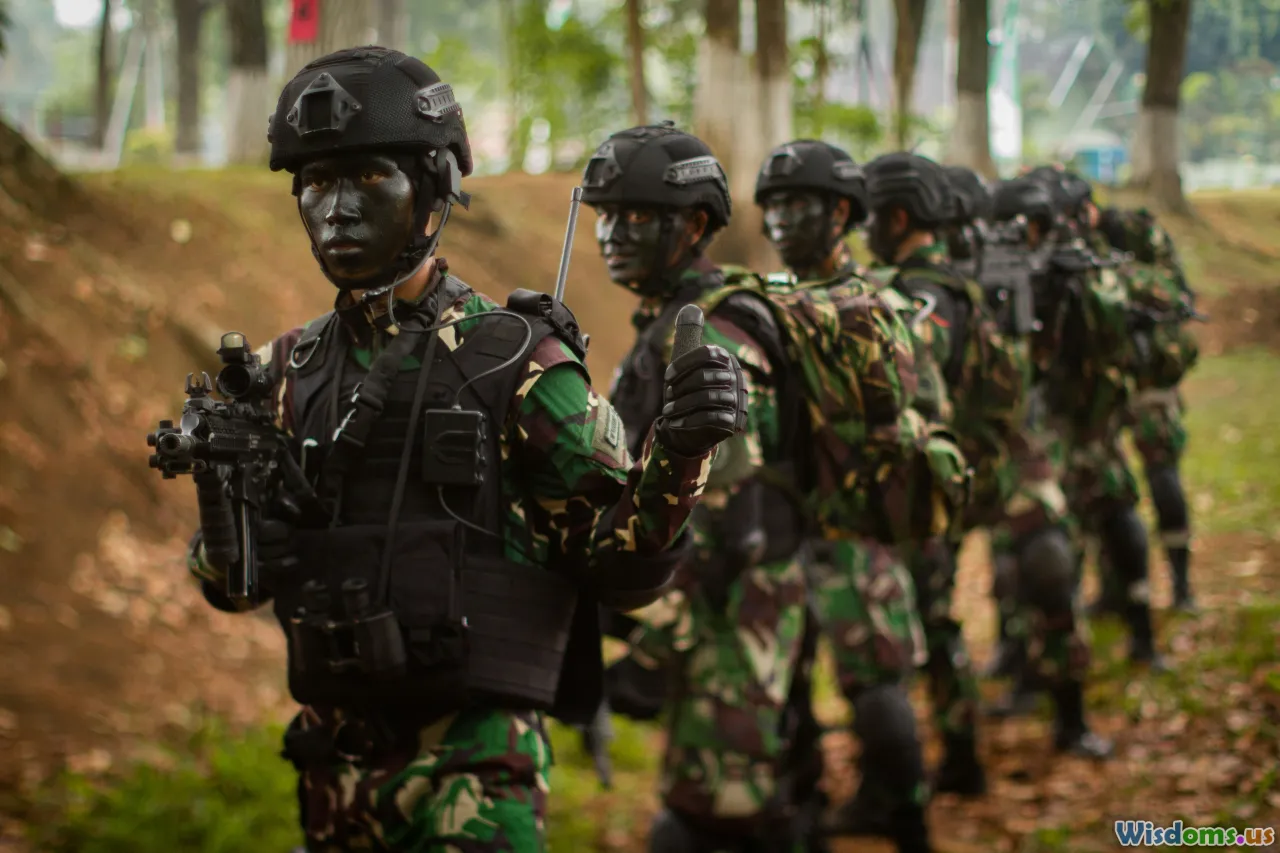
Why have modern uses of VX and Novichok typically appeared in targeted poisonings rather than conventional warfare?
- Legal constraints are strong. The CWC’s near-universal adoption and verification architecture make stockpiling, transport, and deployment both illegal and more difficult to conceal.
- Strategic value favors deniability. In asymmetric or clandestine operations, an actor may believe a single high-profile poisoning can achieve psychological or political goals without crossing the clear thresholds associated with battlefield use.
- Blowback risk is high. Persistent agents like VX can harm unintended victims, create long-lasting site closures, and rally international opinion—all of which can be counterproductive to an actor’s objectives.
- Medical countermeasures and preparedness exist. While no system is foolproof, modern emergency medicine, hazmat response, and international collaboration make it more likely that an incident will be investigated and publicly attributed. The prospect of attribution can deter state actors who value plausible deniability.
In other words, the usage pattern reflects an uneasy calculus: rare but striking incidents designed for political effect, not sustained military campaigns. This is consistent with the risk profile of these agents and the international regime that prohibits them.
Myths and Realities: Cutting Through the Noise

- Myth: “VX instantly kills on contact, always.” Reality: Severity depends on the dose and route of exposure. While VX is exceptionally dangerous and can be lethal, not every exposure results in immediate fatality. Rapid response and medical care can save lives.
- Myth: “Novichok is undetectable.” Reality: While some compounds were reportedly designed to challenge detection, modern analytical methods have repeatedly identified Novichok-class agents and their biomarkers in clinical and environmental samples. Detection may be difficult, but it is far from impossible.
- Myth: “There is no treatment.” Reality: There are established medical countermeasures used by trained professionals, along with supportive care strategies. The complexity lies in rapid recognition, availability, and proper administration—not in the absence of any therapeutic options.
- Myth: “Only military experts can notice exposure.” Reality: Laypeople may recognize clusters of symptoms—sudden severe breathing difficulty, pin-point pupils, profuse secretions—especially when multiple people are affected. However, only trained responders should manage the scene and patients to avoid creating more victims.
- Myth: “Usage is common.” Reality: Real-world uses are rare, in part because the consequences—medical, legal, diplomatic—are so severe, and because the CWC provides a framework for accountability.
Risk Communication and Public Health Readiness

Crucial lessons for agencies and institutions that might have to inform the public during an incident:
- Clarity beats completeness. Early messages should focus on actionable safety steps for the public (e.g., avoid the area, await decontamination instructions) without speculation about agent identity.
- Harmonize channels. Mixed messages from different agencies sow confusion. Unified command and joint information centers can align statements.
- Balance transparency and investigative integrity. Sharing what is known, unknown, and being done builds trust; however, operational details and sensitive forensic information should remain protected to preserve investigations.
- Mind the long tail. With persistent agents, the “acute crisis” may pass while cleanups continue for weeks or months. Regular updates and clear criteria for reopening spaces maintain public confidence.
- Plan for stigma and economic recovery. Affected neighborhoods and businesses may suffer long after physical hazards are gone. Recovery messaging should include economic support and community engagement.
These are not just theoretical ideas. The UK’s extensive, methodical communication campaign after the Salisbury and Amesbury incidents offers a real-world example of how to blend caution with transparency, maintain public trust, and eventually restore normalcy.
Ethics, Law, and the Future of Control

- The CWC’s strength lies in universality and verification. With nearly every country on board, the treaty sets a clear norm: these agents have no place in warfare or policing. Violations carry reputational and material costs.
- Schedule updates matter. The addition of A-series compounds shows that arms control can evolve in response to new information. Future adjustments may refine coverage of precursors or related compounds.
- Domestic law complements international law. National statutes often criminalize not just use but also attempted procurement, transfer, or assistance in prohibited activities, adding layers of deterrence.
- Research oversight is essential. Dual-use research of concern requires governance that protects legitimate science (e.g., toxicology, antidote development) without enabling misuse. Institutional review boards and export controls play roles here.
- Ethics in practice means more than condemnation. Supporting survivor care, environmental restoration, and transparent investigations are ethical obligations that demonstrate the values behind the law.
Thoughtful Comparisons That Matter for Policy

A nuanced comparison of VX and Novichok for decision-makers should avoid fetishizing “which is deadlier” and focus on operationally relevant differences:
- Persistence: VX is broadly recognized as highly persistent. Some A-series agents also persist; others may be less so. For planning, assume persistence until disproven by data.
- Onset profile: Inhalation exposures can cause rapid onset for both classes. Dermal exposures may be slower, especially for persistent agents. This affects triage protocols and monitoring.
- Detectability: Modern labs can detect both classes, yet varying complexity can influence turnaround time and certainty. This matters for communication timelines and legal strategy.
- Secondary contamination risk: High for persistent agents and object-based exposures. Policies should emphasize controlled evidence handling, secure waste management, and clear public guidance.
- Attribution path: OPCW mechanisms have successfully supported attribution in real-world Novichok cases. VX attribution would follow similar pathways. Legal preparedness should anticipate how scientific reports inform sanctions or prosecutions.
These differences shape resource allocation: what gear responders stockpile, how hospitals drill, how public health designs advisories, and how diplomats structure deterrence messages.
Lessons for Organizations: Practical, Ethical, and Communications Tips

For government agencies, hospitals, and critical infrastructure operators:
- Build interagency muscle memory. Conduct joint exercises that include law enforcement, fire/EMS, hospitals, environmental protection, and public information teams. Practice the full arc: detection, decontamination, patient movement, sample handling, and press briefings.
- Pre-script public messages. Draft templates that can be quickly customized: evacuation instructions, exposure guidance, clinic triage notices, school alerts, and reopening criteria.
- Prioritize responder safety. Ensure appropriate protective equipment is available and personnel are trained to avoid secondary exposure. Stress the “slow is smooth, smooth is fast” principle in hazardous scenes.
- Integrate laboratories early. Establish relationships with regional or national labs capable of high-quality analysis. Know how to package and ship samples under chain-of-custody rules.
- Address mental health. Survivors, responders, and communities may experience anxiety or trauma. Include behavioral health services in planning and response.
- Document relentlessly. Accurate logs, photographs, and environmental readings support both public communication and legal processes.
For journalists and communicators:
- Avoid sensational numbers or unverified technical claims about “the most lethal ever.” Emphasize confirmed facts, responsible sources, and caveats.
- Contextualize risk. Explain why incidents are rare and how treaties deter use, rather than amplifying alarm.
- Respect investigative boundaries. Do not pressure sources to reveal details that could compromise safety or attribution.
Case Snapshots: What They Teach Without the Technicals

- Salisbury/Amesbury (2018): Demonstrated how a targeted poisoning can become a community-wide public health operation. Lessons included the importance of long-term decontamination plans, cross-agency coordination, and transparent public briefings. A later object-based exposure emphasized the lasting risk of residual contamination.
- Kuala Lumpur (2017): The VX poisoning showed how a crowded civilian space can be turned into a hazardous site, requiring rapid response to protect bystanders and airport personnel. It underscored the role of surveillance cameras, forensic sampling, and international cooperation in reconstructing events.
- Japan (1990s): The Aum Shinrikyo VX attacks—overshadowed by the group’s sarin use—illustrate that determined actors may experiment with different agents and delivery concepts. From a policy angle, the episodes encouraged better domestic readiness and legislative tools to respond to chemical crimes.
Each snapshot reveals the same core challenge: even a single incident challenges public trust, strains emergency services, and demands credible communication. Building the capability to respond effectively reduces both harm and the political payoff for perpetrators.
Choosing the Right Comparisons: What Not to Do

The most common mistake in comparing Novichok and VX is to focus on narrow metrics divorced from real-world context. Lethality in a laboratory study does not map directly to outcomes in a messy environment. Factors like:
- Outdoor versus indoor setting
- Presence of ventilation or heat
- The materials that surfaces are made of (porous versus non-porous)
- Time to recognition and medical intervention
- The availability of personal protective equipment and decontamination resources
These shape actual outcomes as much as the agents’ intrinsic properties. For policy, training, and public reassurance, the right comparison emphasizes decision-relevant characteristics—persistence, detection, medical logistics—over sensational rankings.
Looking Ahead: Technology, Transparency, and Norms

- Better detection: Advances in analytical chemistry and portable instruments may further shorten the time from incident to identification, improving both care and attribution. The challenge is to reap the benefits without disclosing methods that would enable circumvention.
- International collaboration: The OPCW’s networked model is a global asset. Strengthening funding, training, and lab capacity will sustain credibility and speed.
- Open-source intelligence (OSINT): Publicly available data—videos, witness accounts, social media—supports investigators, but it can also fuel misinformation. Training analysts to distinguish signal from noise is now part of chemical incident readiness.
- Community resilience: Preparing communities to follow instructions, trust credible sources, and avoid rumor-spread can materially reduce harm during the critical early hours.
Norms are fragile but real. The global taboo against chemical weapons is one of the strongest normative achievements of modern arms control. Preserving it requires not only enforcement but also public understanding—of the facts, of the frameworks, and of the people who must put themselves at risk to protect others.
Key Takeaways for an Informed Citizenry

- Both VX and Novichok are prohibited nerve agents with similar biological mechanisms and extraordinary danger at low exposures. Small differences matter operationally, not morally.
- Modern incidents have most often involved targeted poisonings, not battlefield use, in part because legal and diplomatic consequences are severe and because clandestine actors seek deniability.
- Effective response requires swift medical care, disciplined decontamination, and rigorous forensics—work done by trained professionals following established protocols.
- International law, especially the CWC, provides tools for verification and accountability. Recent cases show that scientific attribution can support diplomatic and legal action.
- Public communication that emphasizes clear, actionable guidance over speculation helps communities stay safe and maintain trust.
In a world where a single incident can dominate the news cycle, understanding the real differences and the shared dangers of VX and Novichok helps keep the focus where it belongs: protecting people, supporting the rule of law, and maintaining the global norm that chemical weapons have no place in a civilized society.
Rate the Post
User Reviews
Popular Posts















